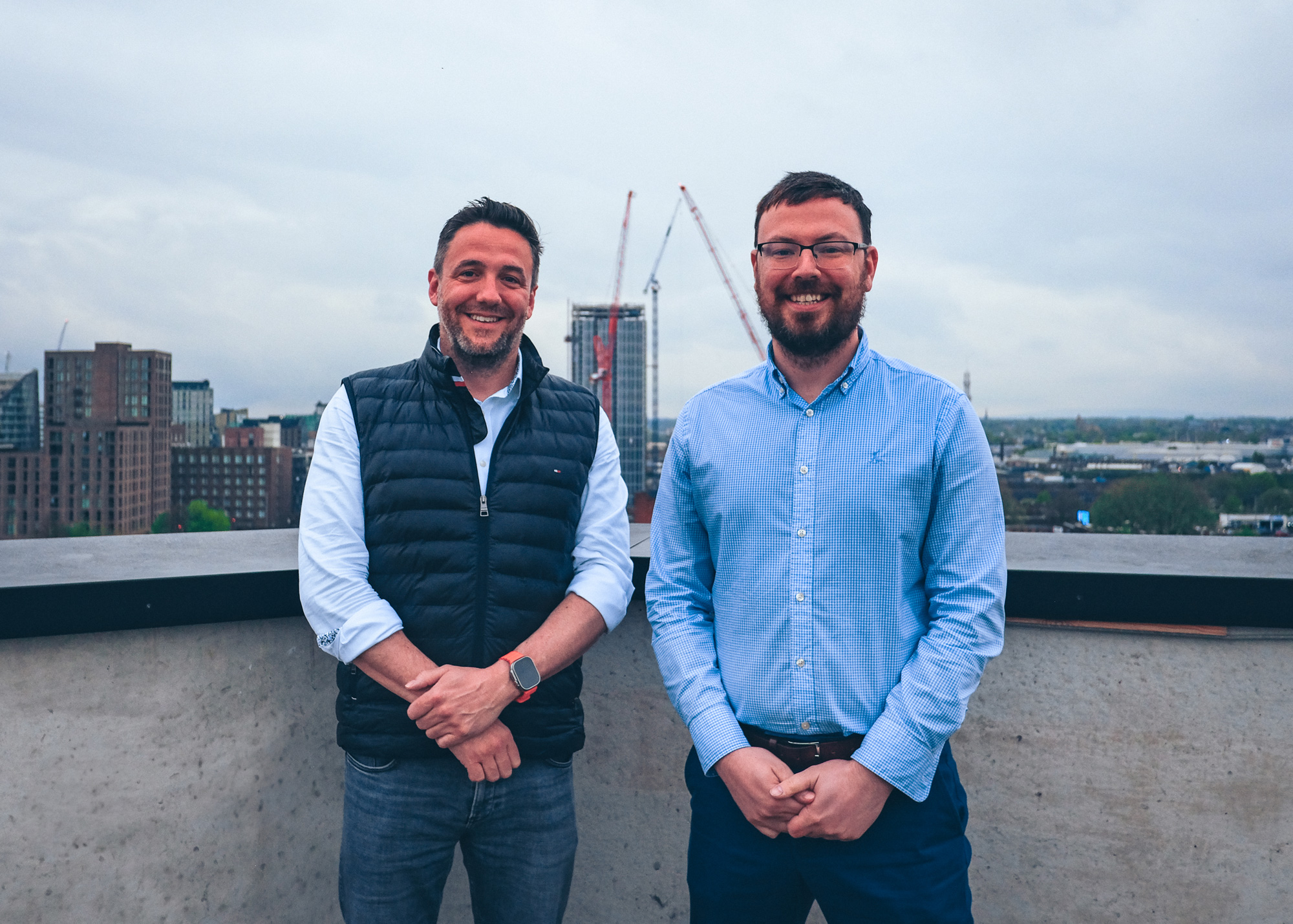Ensuring health and safety in the construction industry is paramount to protect workers and prevent accidents. By implementing best practices and guidelines, construction companies can create a safe working environment for their employees. This article explores the key elements of an effective health and safety program, the importance of compliance with regulations, and the implementation of safety protocols on construction sites.
Key Takeaways
- Creating a safety culture is essential for promoting a safe work environment.
- Regular risk assessment and management are crucial to identify and mitigate potential hazards.
- Training and education play a significant role in equipping employees with the necessary skills and knowledge to work safely.
- Leadership and commitment are key drivers in establishing a strong health and safety program within a construction company.
- Effective communication and reporting mechanisms are essential for ensuring that health and safety protocols are followed and incidents are promptly addressed.
Importance of Health and Safety in Construction
Creating a Safety Culture
Establishing a safety culture within a construction company is fundamental to ensuring the well-being of all employees. Safety must be ingrained as a core value rather than just a priority, as priorities can change over time, but values are enduring.
- Leadership must demonstrate a commitment to safety.
- Policies should be clearly communicated and enforced.
- Employees at all levels must be empowered to take responsibility for safety.
A strong safety culture is characterized by a proactive approach to managing risks and a collective commitment to looking out for one another's well-being.
Regular feedback and open communication channels are essential for a safety culture to thrive. It is also important to recognize and reward safe practices, which can further encourage a positive safety mindset across the organization. By fostering an environment where safety is everyone's responsibility, companies can significantly reduce accidents and injuries on construction sites.
Risk Assessment and Management
Effective risk assessment and management are pivotal to maintaining a safe construction environment. Identifying potential hazards early on is crucial for preventing accidents and ensuring the well-being of all personnel on site. A systematic approach to evaluating risks not only safeguards workers but also minimizes project delays and financial losses.
Construction projects often face unforeseen challenges, similar to the complexities encountered in large-scale initiatives like CP7, a five-year investment by Network Rail. These projects can be subject to risks such as delays, strikes, and adverse weather events. To manage these effectively, it is essential to develop robust mitigation strategies, which may include fostering strong supplier relationships, conducting regular safety audits, and establishing comprehensive contingency plans.
By proactively managing risks, construction managers can create a more predictable and controlled project environment, ultimately leading to improved safety and project outcomes.
The following steps can help in streamlining the risk management process:
- Conduct a thorough risk assessment at the outset of the project.
- Develop and implement risk mitigation plans.
- Regularly review and update the risk management strategies.
- Engage all stakeholders in the risk management process.
Training and Education
In the realm of construction, the significance of training and education cannot be overstated. It is the bedrock upon which a safe and efficient worksite is built. Investing in comprehensive training programs ensures that all personnel are equipped with the knowledge and skills necessary to perform their duties safely and effectively.
- Understanding the latest construction techniques
- Familiarity with safety protocols
- Knowledge of emergency procedures
These are just a few of the critical areas where training can make a substantial difference. Moreover, education is not a one-time event but an ongoing process. As technologies and regulations evolve, so must the training that workers receive.
By fostering a culture of continuous learning, construction firms can stay ahead of the curve, ensuring that their teams are not just meeting, but exceeding industry standards.
Ultimately, the goal is to create an environment where safety is second nature, and every team member is both a learner and a teacher. This approach not only minimizes the risk of accidents but also enhances overall project efficiency and quality.
Key Elements of an Effective Health and Safety Program
Leadership and Commitment
At the heart of any successful health and safety program in construction lies strong leadership and commitment. It is the driving force that sets the tone for a culture of safety and ensures that health and safety are not just regulatory requirements, but core values of the organization.
Leadership must not only establish clear safety objectives but also visibly support and participate in safety initiatives. This top-down approach is critical for fostering an environment where every employee feels responsible for maintaining a safe workspace.
- Demonstrate safety commitment through personal example
- Communicate the importance of safety to all levels of the organization
- Ensure adequate resources are allocated for safety measures
- Recognize and reward safe practices
By embedding safety into the corporate ethos, leaders can cultivate a proactive approach to hazard identification and risk management.
The integration of technology can further enhance a safety program. A platform for construction compliance, with features like site documents, eSignatures, and real-time reporting, becomes an invaluable tool. Trusted by users for document sharing, assignment, and storage, such systems can lead to cost savings and the creation of paperless sites.
Employee Involvement
The success of any health and safety program is largely dependent on the active participation of employees at all levels. Employee involvement is not just about compliance; it's about empowering workers to contribute to their own safety and that of their colleagues. By fostering a collaborative environment, employees are more likely to buy into the safety culture and adhere to protocols.
- Encourage open communication channels for employees to report hazards or suggest improvements.
- Implement a system for employees to participate in safety committees or meetings.
- Recognize and reward safe behavior to reinforce the importance of health and safety.
Ensuring that each worker has a voice in safety matters is crucial. It not only improves compliance but also enhances the overall safety awareness within the team.
Documentation and feedback mechanisms are essential for tracking progress and identifying areas for improvement. Regular safety meetings and surveys can help gauge employee sentiment and engagement. Remember, a well-informed employee is an engaged employee, and engagement is key to a robust safety culture.
Regular Inspections and Audits
Regular inspections and audits are pivotal in maintaining a high standard of health and safety on construction sites. These systematic reviews serve as a proactive measure to identify potential hazards and non-compliance issues before they lead to accidents or regulatory penalties. Consistent monitoring ensures that safety protocols are not only in place but are also being followed diligently.
Regular audits provide an opportunity for continuous improvement, allowing for the refinement of safety programs over time. They should include a review of the following:
- The effectiveness of current safety measures
- The condition and maintenance of equipment and machinery
- Compliance with the latest health and safety regulations
The importance of maintaining a detailed construction site diary cannot be overstated. It serves as a critical tool for effective data capture, which is essential for project management, cost control, and communication. Utilizing digital tools can significantly enhance the efficiency and productivity of this process.
By fostering an environment where safety is regularly assessed and optimized, construction managers can ensure that their teams are not only protected but also primed for operational excellence.
Implementing Safety Protocols on Construction Sites
Personal Protective Equipment (PPE)
The use of Personal Protective Equipment (PPE) is a fundamental aspect of maintaining a safe construction environment. Ensuring that all workers are equipped with the correct PPE is not just a regulatory requirement, but a critical step in reducing workplace injuries and fatalities.
- Hard hats protect against falling objects.
- Safety glasses or face shields guard against flying debris.
- High-visibility vests make workers easily seen on busy sites.
- Steel-toed boots prevent foot injuries from heavy materials.
It is essential for management to not only provide the necessary PPE but also to enforce its use consistently across the workforce. Regular training on the proper use and maintenance of PPE is equally important to ensure that safety gear provides the maximum level of protection.
Remember, PPE is the last line of defence. While it is crucial, it should be part of a broader safety strategy that includes hazard elimination and engineering controls. By integrating PPE with other safety measures, construction sites can become safer, more efficient, and more compliant with health and safety regulations.
Emergency Response Planning
In the dynamic environment of a construction site, emergency response planning is a critical component that can mean the difference between a controlled resolution and a catastrophic event. It is essential to have a clear, well-communicated plan that outlines the procedures for various potential emergencies, including accidents, natural disasters, and equipment failures.
Preparation is the key to effective emergency response. Construction teams should regularly conduct drills to ensure that all employees know their roles and responsibilities in the event of an emergency. This includes:
- Identifying and marking evacuation routes
- Establishing assembly points
- Assigning roles for emergency response team members
It is not enough to have a plan in place; regular review and updates are necessary to adapt to new risks and changes in the construction environment.
Ensuring that all workers are familiar with the emergency response plan and understand how to act swiftly can significantly reduce the impact of an emergency. Additionally, resources are available on various websites that offer guidance for construction teams, including guides on site diaries, fatigue management, Network Rail's CP7, and Earned Value Analysis. Staying updated with a monthly newsletter can also be beneficial in keeping safety protocols current and effective.
Communication and Reporting
Effective communication is the cornerstone of any successful health and safety program in the construction industry. It ensures that all stakeholders, from site workers to project managers, are informed about the latest safety protocols and potential hazards. Clear and consistent communication can significantly reduce the risk of accidents and improve overall site safety.
Reporting mechanisms are equally vital, providing a structured way to document incidents, near-misses, and safety observations. This data is crucial for identifying trends and areas for improvement. A robust reporting system should include:
- A straightforward process for reporting incidents
- Regular feedback to the reporting individuals
- Analysis of reports to identify recurring issues
Ensuring that every team member understands the importance of communication and reporting is essential for fostering a proactive safety culture. Regular updates and open channels of dialogue help to maintain a focus on safety and encourage everyone to contribute to a safer work environment.
By prioritizing these elements, construction sites can maintain high standards of health and safety, keeping workers safe and projects on track.
Ensuring Compliance with Health and Safety Regulations
Legal Responsibilities
Ensuring compliance with health and safety regulations is not just a moral imperative but also a legal requirement in the construction industry. Failure to adhere to these laws can result in severe penalties, including fines and litigation. It is crucial for construction managers and site supervisors to be well-versed in the relevant legislation and to ensure that their operations are fully compliant.
- Understand the local and national safety laws applicable to your construction site.
- Keep abreast of any changes in legislation that may affect your operations.
- Ensure that all employees are informed of their legal obligations.
Compliance is a dynamic process that requires ongoing attention and adaptation to legal changes. Regularly reviewing and updating safety policies and procedures is essential to maintain legal compliance and protect all stakeholders involved in construction projects.
By taking proactive steps to understand and implement legal requirements, construction companies can not only avoid legal repercussions but also foster a safer work environment. This commitment to legal compliance should be seen as an integral part of a company's reputation and operational excellence.
Documentation and Record-Keeping
Effective documentation and record-keeping are the backbone of any robust health and safety program in construction. Accurate records serve not only as a legal requirement but also as a tool for analyzing trends, identifying areas for improvement, and ensuring that all safety protocols are being followed consistently.
Documentation should be comprehensive and accessible, covering all aspects of health and safety management, from employee training records to incident reports and inspection results. To streamline the process, consider the following steps:
- Implement a standardized system for filing and retrieving documents.
- Use digital tools to automate record-keeping where possible.
- Regularly review and update records to reflect any changes in safety procedures or regulations.
Maintaining a clear and organized documentation system is crucial for demonstrating compliance and facilitating effective safety audits. It is also essential for protecting the company against legal liabilities and for fostering a culture of transparency and accountability.
Remember, thorough documentation is not just about ticking boxes; it's about creating a safety narrative that helps to continuously improve the health and safety standards on your construction site.
Continuous Improvement Strategies
In the dynamic field of construction, adopting continuous improvement strategies is crucial for enhancing health and safety measures. These strategies ensure that safety protocols are not only adhered to but also evolve with changing industry standards and technological advancements.
Iterative assessment and refinement of safety practices allow for the identification of new hazards and the implementation of innovative solutions. To foster a culture of continuous improvement, consider the following steps:
- Encourage feedback from all levels of staff to identify areas for enhancement.
- Analyze incident reports and near-misses to pinpoint systemic issues.
- Invest in ongoing training and development programs for employees.
- Stay abreast of industry trends and integrate new safety technologies.
- Regularly review and update safety policies to reflect current best practices.
Embracing a proactive approach to health and safety management not only minimizes risks but also demonstrates a company's commitment to its workforce. By making continuous improvement a core aspect of your safety program, you create a resilient and responsive environment that is prepared to tackle the challenges of tomorrow.
Conclusion
In conclusion, managing health and safety in construction is paramount to ensuring the well-being of workers and the success of projects. By implementing best practices and guidelines, construction companies can create a safe and productive work environment. It is essential to prioritize safety training, hazard identification, and risk assessment to mitigate potential risks. Additionally, fostering a culture of safety and compliance among all stakeholders is crucial for long-term success. By following these guidelines, construction companies can uphold high standards of health and safety, protect their workforce, and achieve project goals efficiently.
Frequently Asked Questions
What are the most common health and safety hazards in construction sites?
Common hazards include falls, electrocution, struck-by incidents, and caught-in/between accidents. Proper risk assessment and safety measures can help prevent these hazards.
Why is creating a safety culture important in the construction industry?
A strong safety culture promotes awareness, accountability, and a proactive approach to preventing accidents. It helps create a work environment where safety is a top priority for everyone.
How often should safety inspections be conducted on construction sites?
Regular safety inspections should be conducted daily or weekly to identify hazards, assess risks, and ensure compliance with safety protocols. Inspections should also be done after significant changes or incidents.
What is the role of personal protective equipment (PPE) in construction safety?
PPE, such as helmets, gloves, and safety glasses, protects workers from various hazards like falling objects, sharp materials, and chemical exposure. It is essential for minimizing the risk of injuries.
How should emergency response planning be implemented on construction sites?
Emergency response plans should include procedures for evacuations, first aid, fire emergencies, and communication protocols. Regular drills and training sessions help ensure that all workers are prepared for emergencies.
What are the consequences of non-compliance with health and safety regulations in construction?
Non-compliance can lead to serious injuries, fatalities, legal penalties, and reputational damage for construction companies. It is crucial to adhere to regulations to protect the well-being of workers and maintain a safe work environment.





